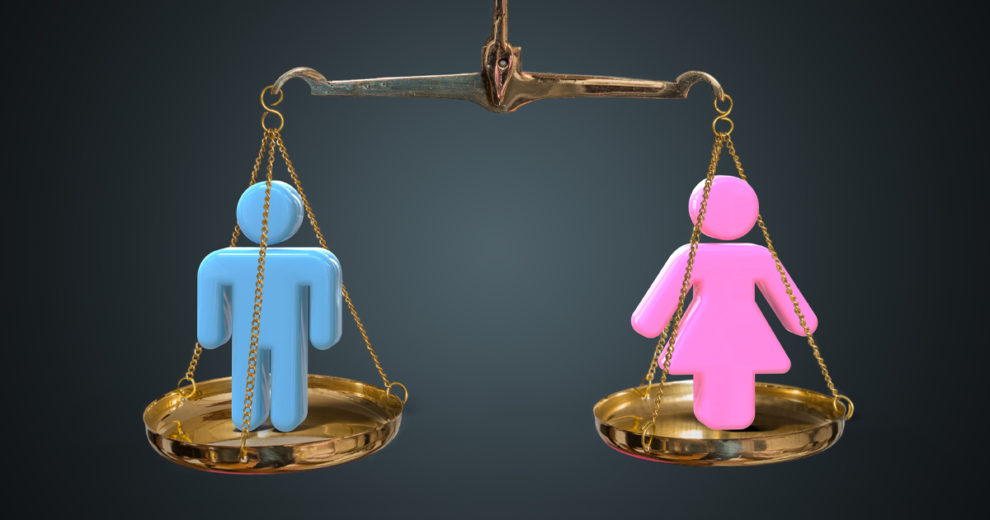Gender Bias in Divorce Proceedings: Addressing Disparities in Legal Treatment

Amidst divorce proceedings, the looming presence of gender bias persists, overshadowing efforts to attain fair resolutions.
Despite strides towards gender equality in many spheres of life, debates about gender disparities in divorce outcomes and legal treatment persist.
In Singapore, where cultural norms intersect with evolving legal frameworks, understanding and addressing these disparities is crucial for fostering a fair and just system.
Gender Disparities: Unveiling the Reality
In Singaporean divorce proceedings, gender disparities often manifest in various aspects of the legal process.
One of the most evident areas is child custody. Historically, there has been a presumption in favour of maternal custody, reflecting traditional gender roles where women were seen as primary caregivers.
While this notion has gradually evolved, with courts increasingly considering the best interests of the child irrespective of gender, remnants of bias may still linger in some cases.
Financial settlements also reveal disparities. Studies indicate that women, particularly those who have taken on primary caregiving responsibilities, may be at a disadvantage when it comes to the division of matrimonial assets and spousal maintenance.
This can be attributed to factors such as career interruptions due to caregiving duties, which may impact earning potential and financial independence post-divorce.
Read more: Analysing the Impact of Divorce on Men and Women
Debates and Challenges
Debates surrounding gender bias in divorce proceedings often revolve around perceptions of fairness and equality under the law. Critics argue that systemic biases disadvantage women, perpetuating economic dependence and hindering their ability to achieve financial autonomy post-divorce.
They advocate for reforms that promote more equitable outcomes, such as greater recognition of non-monetary contributions to the household and fairer distribution of assets.
However, some contend that addressing gender bias requires a nuanced approach that considers the complexities of individual cases.
They argue that a one-size-fits-all approach may overlook factors such as voluntary career sacrifices or financial contributions made by the non-custodial spouse.
Moreover, concerns are raised about the potential for unintended consequences, such as discouraging marriage or exacerbating acrimony in divorce proceedings.
Read more: How Do Men Cope After Divorce?
Towards Equitable Solutions
Addressing gender bias in divorce proceedings necessitates a multifaceted approach that encompasses legal reforms, cultural shifts, and societal attitudes.
Legal frameworks must be continually reviewed and refined to ensure that they uphold principles of fairness and equality, with provisions in place to mitigate bias and safeguard the interests of all parties involved.
Moreover, efforts to challenge gender stereotypes and promote gender equality from a young age are crucial for fostering a more inclusive and equitable society.
Education and awareness-raising initiatives can help dispel misconceptions surrounding gender roles and responsibilities, empowering individuals to make informed choices and challenge discriminatory practices.
Conclusion
Gender bias in divorce proceedings represents a complex and multifaceted issue that requires careful consideration and concerted action. While progress has been made towards addressing disparities, challenges persist, underscoring the need for ongoing dialogue and reform.
By fostering a legal system that is fair, impartial, and responsive to the needs of all individuals, Singapore can pave the way towards a more just and equitable society for generations to come.












